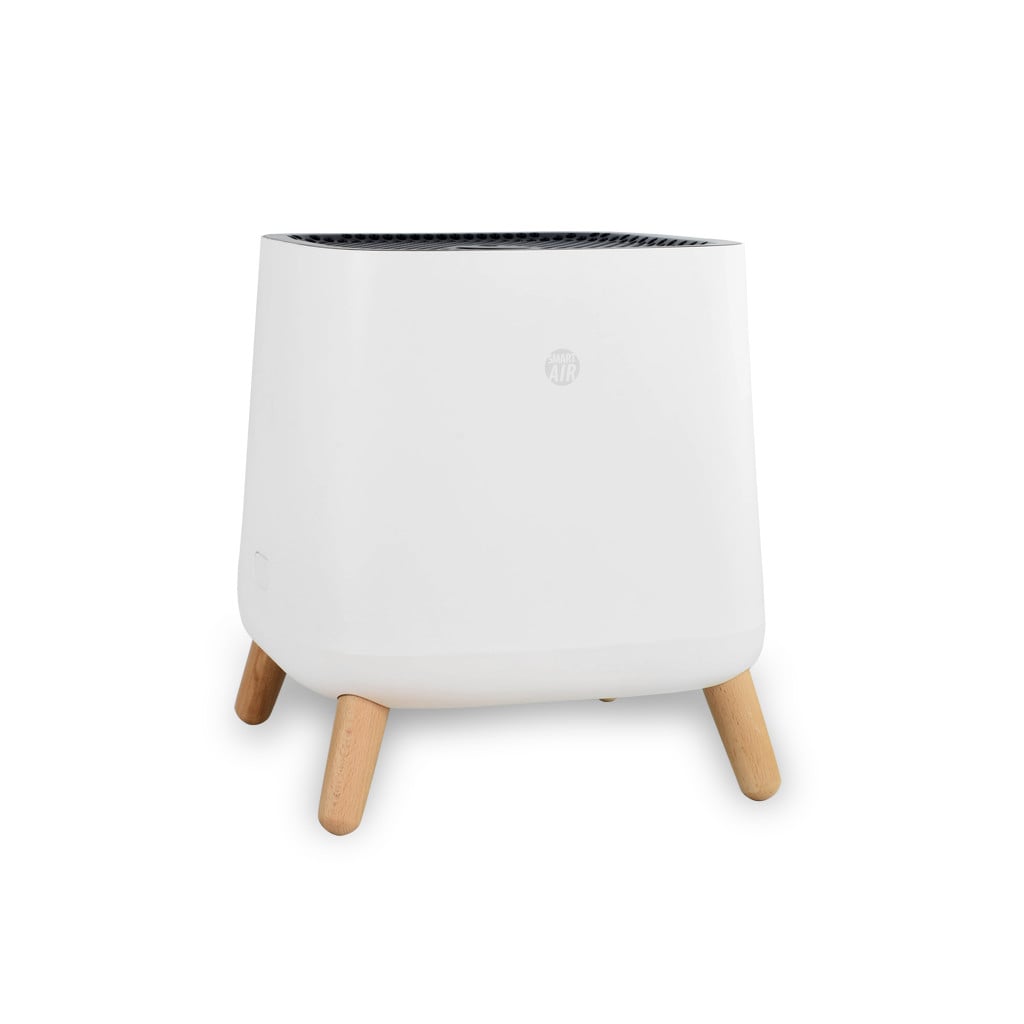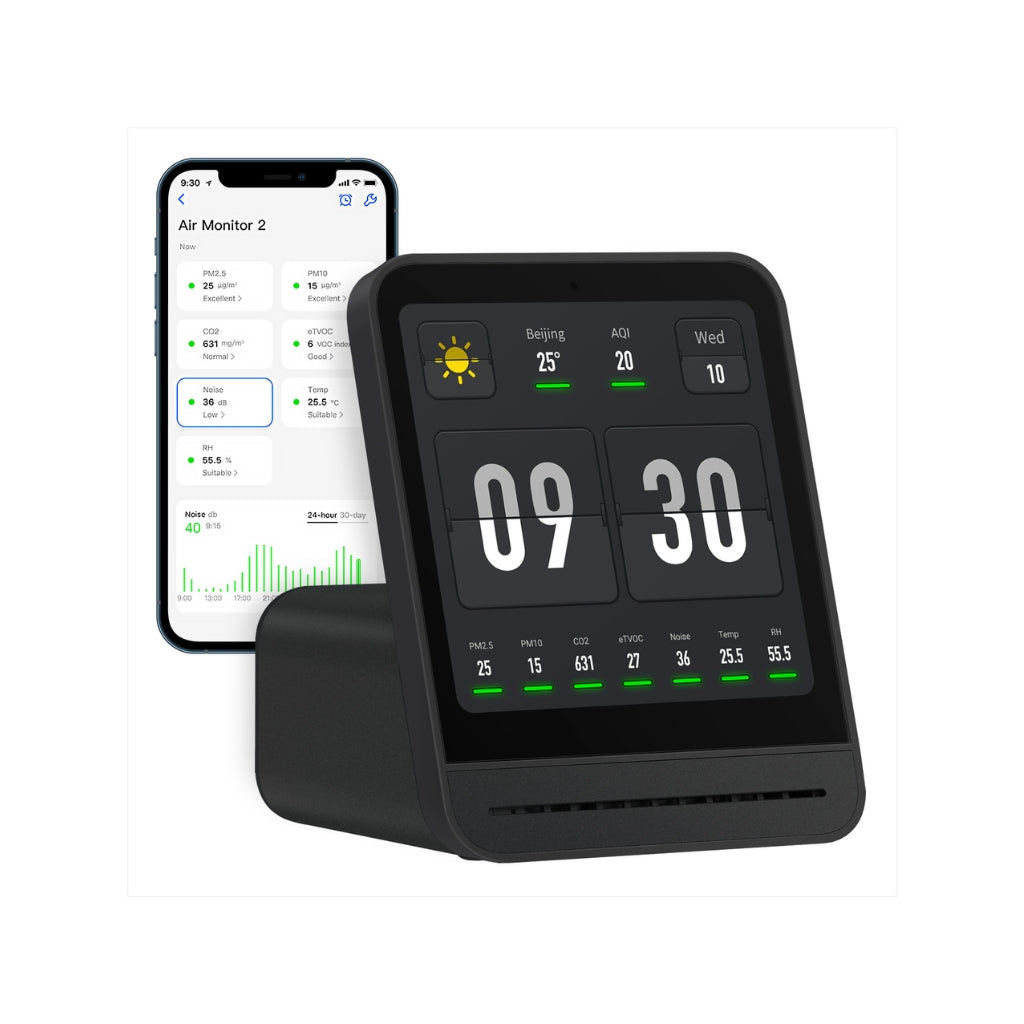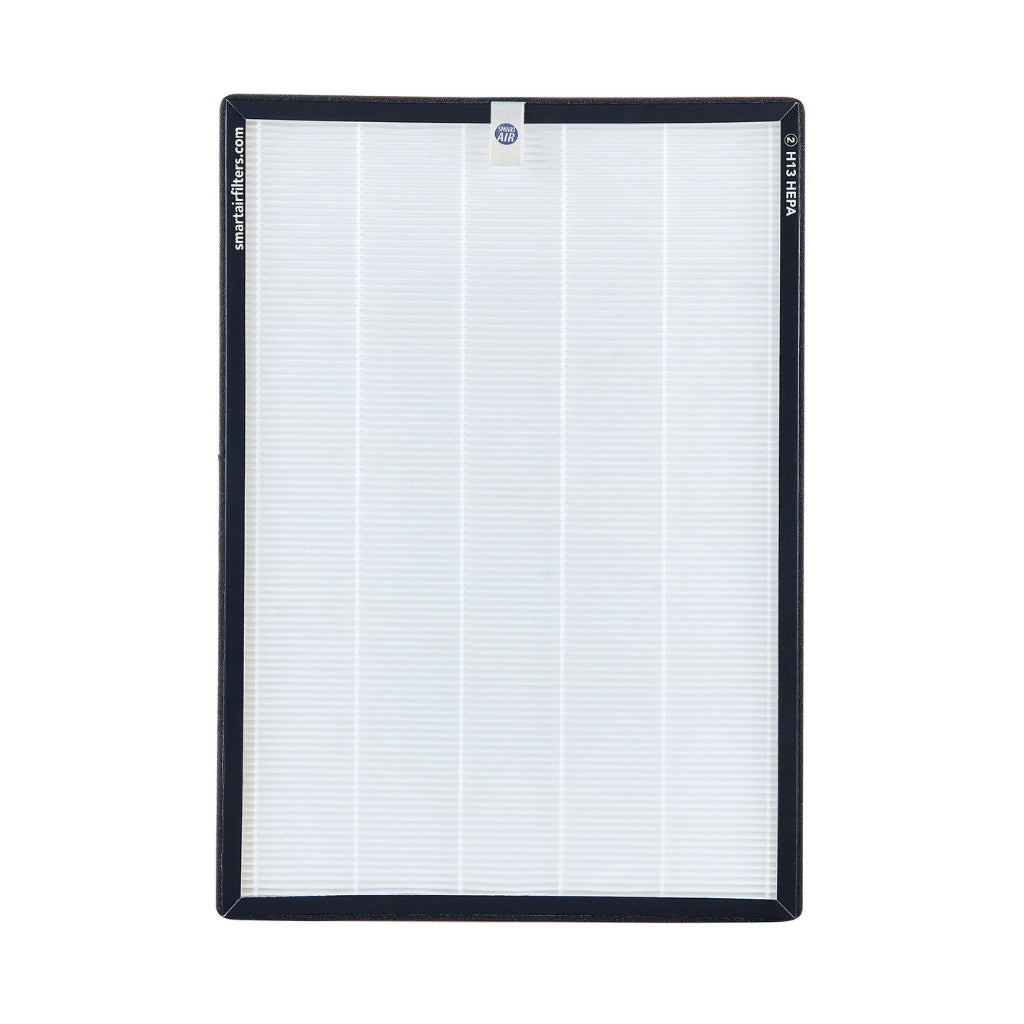
What I Learnt From Monitoring My Air Quality
Like many Kiwis, I used to never give a second thought to the air I'm breathing. Our landscape isn't covered in polluting factories or coal plants and we're known for our (relative) clean air. However, after learning more about indoor air quality, I decided to start monitoring the air inside and was surprised by what I discovered!
How do you Monitor the Air?

While it's not an uncommon thing to do overseas, monitoring air quality is still something not many Kiwis are familiar with. While it's possible to pay professionals to come in and do a detailed report, there is a much easier (and cheaper) way. Enter the Indoor Air Quality Monitor, a device with sensors to measure air quality issues such as PM2.5, CO2, VOCs and more.
For the past 2 years I've used a QP Lite, QP Pro and Smart Air CO2 Monitor to keep tabs on the air in my home. With an affordable price, high accuracy and data download ability, they're some of the best options on the market and we're pleased to stock them here at Snap Air.
First Surprise: CO2 Levels While Sleeping
Like many of us, I took it for granted that sometimes we'll wake up feeling groggy, tired and maybe with a bit of a headache. While there are many possible causes for this, have you ever considered CO2 might be behind it?
Bedrooms are small spaces and if you close the door and windows, where does fresh air come from? As we breathe oxygen is converted to CO2 and without ventilation the levels can rise surprisingly fast! Especially if you have a partner in the same bedroom.
CO2 levels are reported in parts per million, with outdoor air being around 420ppm. Once the air reaches 1000-2000ppm you'll typically experience drowsiness and from 2000-5000ppm headaches and other complaints can occur. I was very surprised to see the levels for my bedroom at night regularly reach over 3000ppm! Once I improved the ventilation, I noticed I'd wake up feeling less groggy and more alert.
Below is an example comparing relatively good ventilation in a bedroom (initially) then poor ventilation later in the week. You can also see just how quickly the CO2 levels drop when ventilation is introduced (opening the door) in the morning!
CO2 Concentration Levels: Measured with Smart Air CO2 Monitor

Second Surprise: VOC Levels in a New Apartment
Having moved into a newly built apartment for a period of time in 2023, I found the 'new building smell' very powerful and I would often get headaches. Unfortunately this is a common experience for many new home owners, as the off gassing from paint, flooring and fabrics etc. produces VOCs like Formaldehyde and Benzene. These can cause symptoms like headaches, respiratory issues, dizziness and throat irritations.
There was a sharp increase in average VOC levels reported on my QP Pro after moving into the apartment, compared to an older existing house.
Previously, measurements were around 0.3-0.4 mg of TVOC per m³. In the new building, it was 10 times higher and would be between 3 and 4mg per m³. This puts it in the potentially dangerous threshold.
Luckily there is action that can be taken to help reduce these levels. The most effective measure is introducing fresh air by opening doors and/or windows. You can also achieve this with mechanical ventilation. If neither of these options are possible, consider an Air Purifier with Activated Carbon Filter.
Here are some readings from the apartment showing the slow rise of VOC levels, then how quickly they get eliminated by opening windows and allowing a breeze through!
TVOC Concentrations: Measured by QP Pro Air Quality Monitor

Third Surprise: PM2.5 Levels from Vaping
While there has been a surge in vaping in recent years, we're still learning about its potential impacts. Having lived with someone who vapes in their room, I've been able to see how it impacts on air quality - especially when ventilation is limited. While it produces a fine mist and sends chemicals into the air, the process of vaporising the liquid also sends particulate matter into the air, including harmful PM2.5.
To learn more about PM2.5, see the below video:
While I wasn't surprised to see vaping having an impact on air quality, I was surprised at just how high the PM2.5 levels would get - even while in a different room. We've had reports from some of our customers about being impacted by others in their household vaping, which isn't surprising given these results!
On the plus side, levels do drop fairly quickly back to normal once the vaping stops. However, peak concentrations ended up at levels you'd see in the most polluted cities in the world, at their absolute worst!
The below graph shows the levels of PM2.5 measured from an adjacent room to the one being vaped in.
PM2.5 Levels: Measured with QP Pro Air Quality Monitor:

Wrapping Up
Ready to make your own discoveries in air quality? We've got you covered with accurate and affordable air quality monitors!
Feel free to leave a comment below if you found anything interesting when you started monitoring your air!






























